Roger Ballen in conversation with Linda Zhengova: On Entangling Past, Present, and Future
I spoke to Roger about a year and a half ago about his book The World According to Roger Ballen (2019). Many things have happened since so we decided to chat again and delve into the latest developments of his career. We revisited the archive of present exhibitions and the opening of a cultural center in Johannesburg. We also discussed his stance on AI and its influence on the medium.
LZ: I would like to start the interview by asking about your re-issued book, Boyhood. In search of boyhood in the Himalayas of Nepal, the islands of Indonesia, the provinces of China, and the streets of America, you present archival imagery with unpublished images. How was it coming back to your archive and how do you see this body of work in relation to your recent projects?
RB: The book was published a long time ago in 1979… I think it's always interesting to revisit your archive and see what links it has with a different set of pictures. Perhaps out of curiosity rather than anything else, you try to understand where you got to. This was also the case with Boyhood, which is a project on which I spent four or five years working. I traveled from Istanbul to New Guinea, Cairo to Cape Town, across Europe, North, and Central America. It was a very long trip that made me understand many things about humanity and photography. I can say that it was one of the most important experiences of my life.
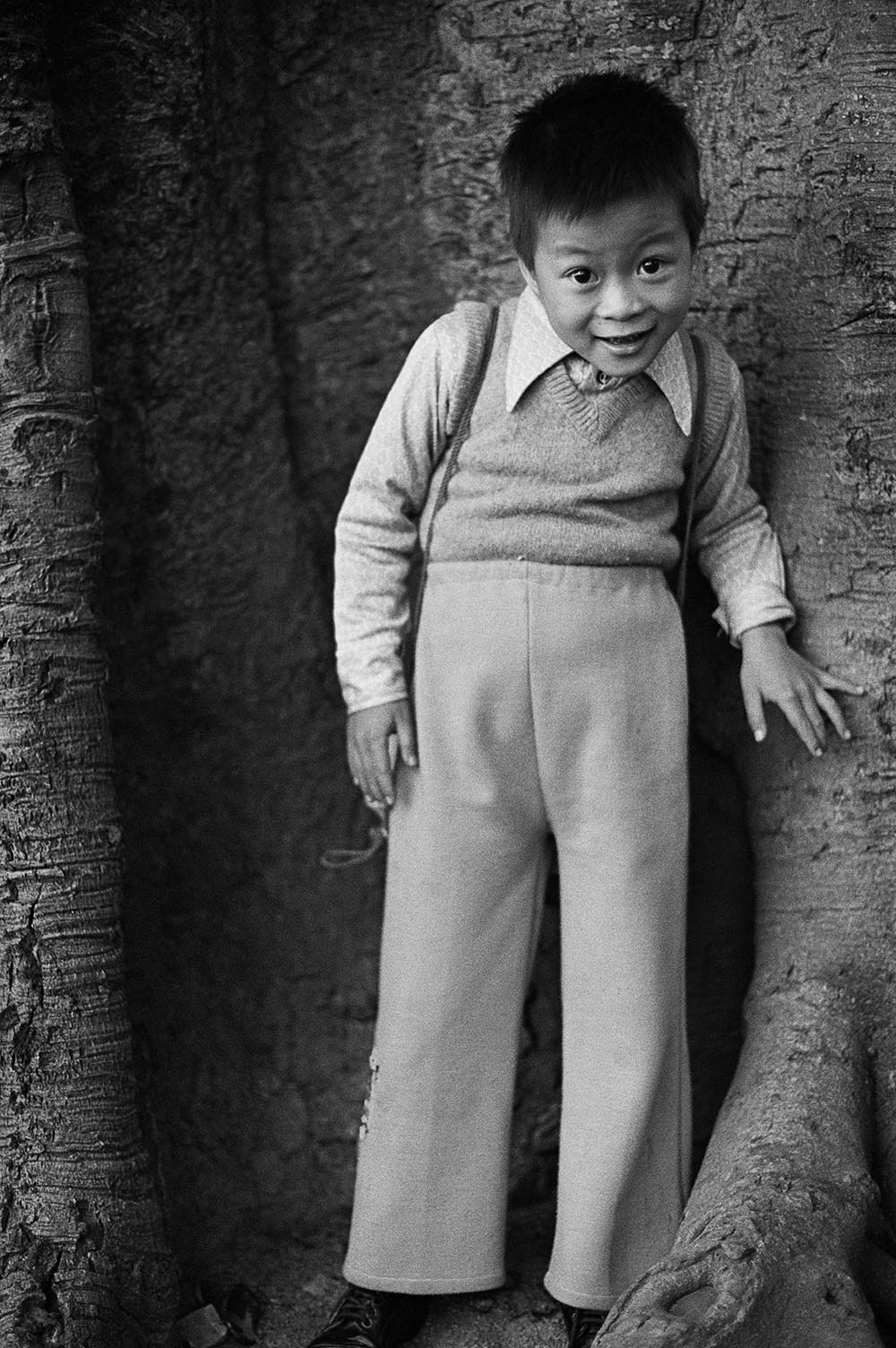
LZ: Why did you decide to reissue this book now, about four decades later?
RB: I was really happy to work on this book again. I was quite disappointed with the caliber of printing on the first edition. Throughout the years, the technology of printing has improved a lot so I was happy to have the opportunity to have the book published by Damiani in a much better quality. Also, it allowed me to find pictures from that series that haven't ever been published. It was almost like treasure hunting. When you find something that stands out, it's like finding a thousand euros note on the street. Most people haven't seen the initial book so it's exciting that it's out there again.
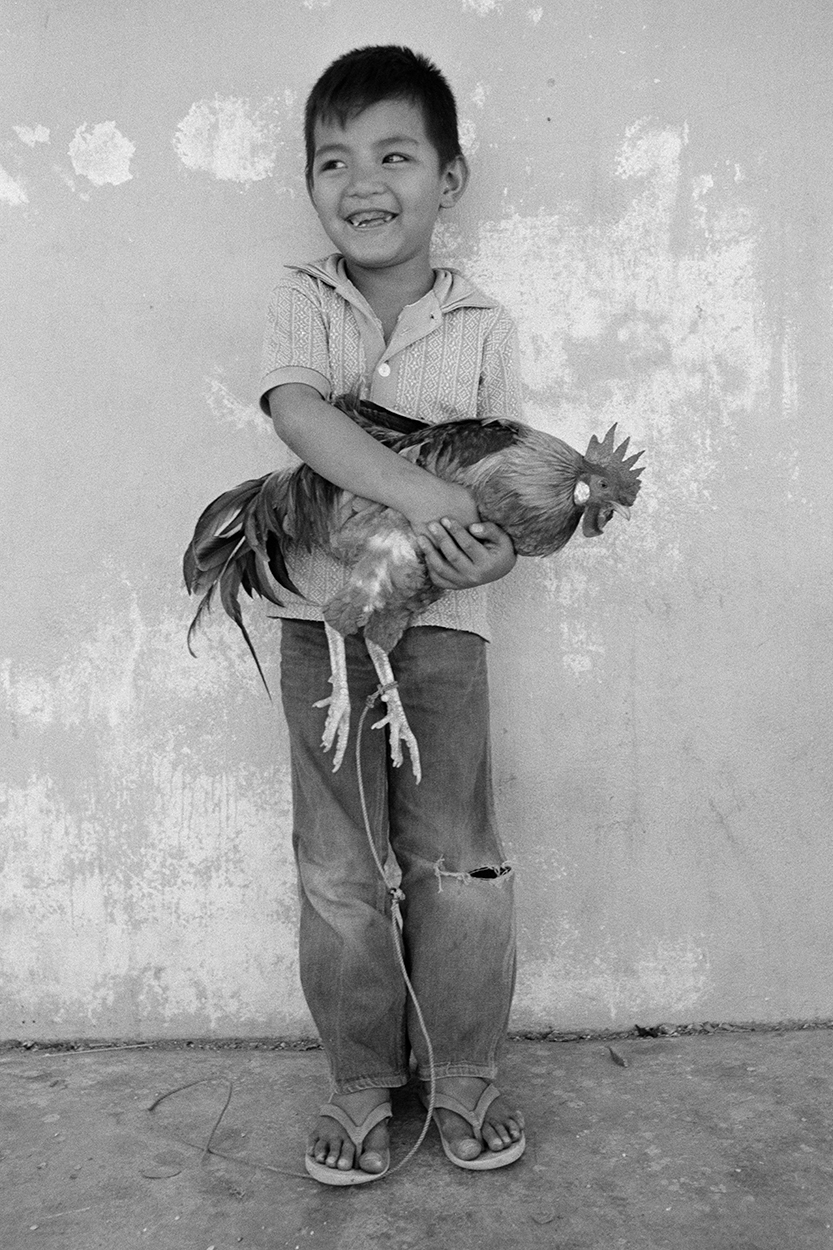
LZ: Let's move from the past to the future… Since everybody now keeps talking about AI in terms of its impact on photography and overall understanding of the medium, I am curious to hear what your stance is on it.
RB: I'm a good friend of Boris Eldagsen, a German photographer who didn't accept the Sony Photography Awards after submitting an AI image. When I was in Berlin this November, we discussed this topic which very few people were aware of at the time. Firstly, it is computer-driven art or rather machine art assisted by human beings. Secondly, AI images can ultimately be as powerful as some of the traditional art that is exhibited and can affect people's state of mind. 
However, this is the beginning of the many issues and problems that will arise and no one knows where it's going to end. We can assume one thing: time goes on and machines are taking so much of our time already. It’s inevitable that they will increasingly shape our experience of the world. Each year computers and machines are becoming a more dominant part of human life. Where this will lead, I don't know. Where we will be in 100 years, even 5 years, I can't say. There is no stopping this process.
There is so much money and technology behind AI. We ended another era, and now we have entered one in which AI will play an important role in photographic imagery. People now can create images without knowing anything about the media of photography and they can create powerful work.
Furthermore, AI will lead to increasing over-saturation of imagery which will further diminish the effect of the overall impact of art as a singular medium. I can barely remember anything I see on Instagram or Facebook anymore…I am overloaded.
LZ: It somehow seems as an inevitable process that AI increasingly becomes part of our lives. However, do you think that it is perhaps indicating a potential death of the medium or our ideas of authorship?
RB: I can't predict anything. Nevertheless, it will create a segmentation of the market. Particular collectors will still want to buy and collect traditional photographs while the majority of the public won't be interested at all.
Technology is technology, we are still stuck with the same problems and AI will not solve those for us since the fundamental human issues will always remain. AI could be seen as a diversion, It just takes one away from questions: Who am I? What am I doing here? Do I have any purpose? When am I going to die? All these fundamental issues will never disappear.
I am lucky because I come from a different generation. My profession for 30 years was a geologist which means I am strongly connected to the earth. I grew up in a non-computer environment, and therefore have a different perspective. However, people who are born in this new environment are just immediately sucked into it. That's why art and many other things are the way they are since much of the younger generation has less experience of the physical, only the virtual. That was the same with NFTs… Why would somebody buy them? Well, they are really for people who spend much of their time on a computer.
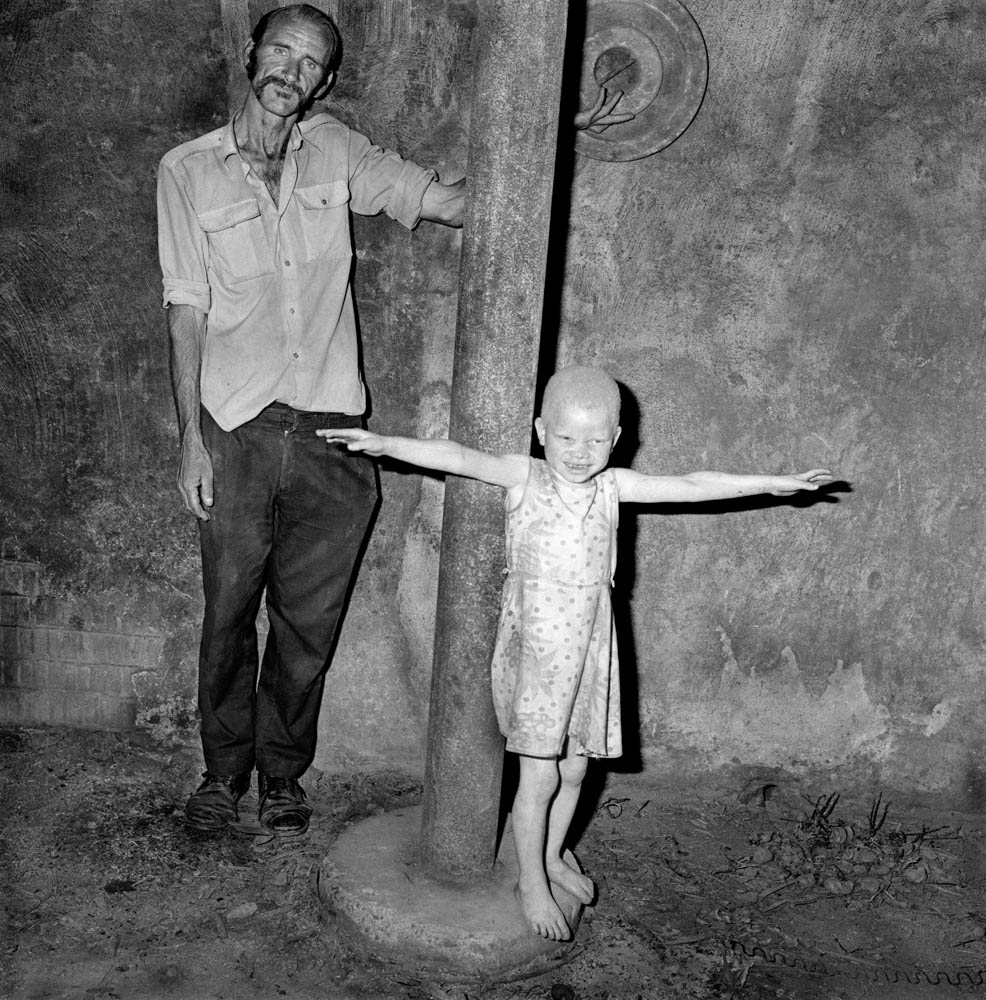
LZ: Recently, you opened The Inside Out Center for the Arts - a non-profit foundation that serves as an art exhibition and educational space. Could you please tell our readers more about the motives behind opening this center and what can we expect in terms of the upcoming program?
RB: The center opened in March in Forest Town in South Africa and the first show is called The End of the Game. It deals with destruction; it's part documentary, partly Roger Ballen. It's documentary in the sense that we have old photos, guns, bullets, and diaries from around the 19th century when the first white people came to Africa. This was the beginning of the destruction of wildlife. The other part of the exhibition consists of my work: In my photos and installations which deal with this topic in a more abstract way. The exhibition has a psychological impact and grapples with the problems of humanity and its relationship to nature. It will stay here for a while, I don't want to change it for long.
So far, we have had a great response from many people who have never been to a museum before. I think 90% of the population here has never visited a museum or a gallery so if they come here, they are really amazed.
The Inside Out Centre for the Arts has four main pillars. First, it has to be related to the African continent. Second, it has to have a psychological impact. Third, it has to directly or indirectly do something with “the Ballenesque”. Lastly, it must have some relevance to the community here.
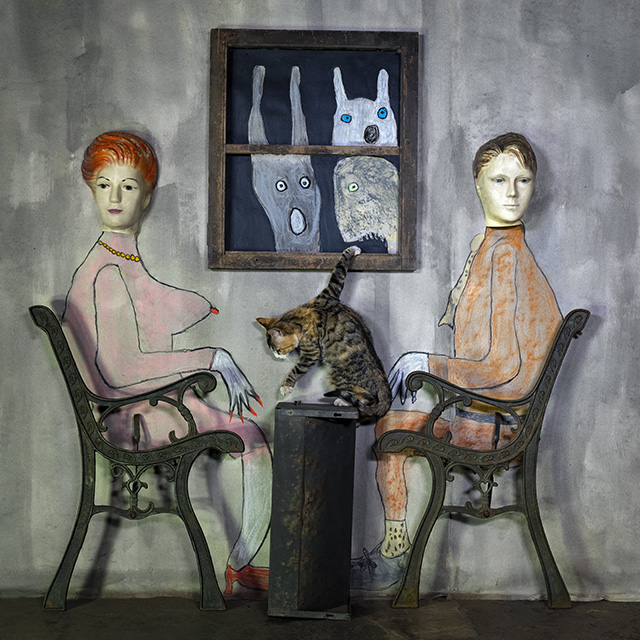
LZ: I would like to talk about your exhibitions now. Last year, you were chosen to represent South Africa at the 59th Biennale Arte 2022. You prepared an installation titled “The Milk of Dreams”. Your images from the series The Theatre of Apparitions were presented in the form of light boxes in a dark space. What kind of experience did you aim to create for the viewer through your set up and how do you look back on this important artistic achievement?
RB: I worked on the project The Theatre of Apparitions between 2007, and 2016 and the book was published by Thames and Hudson in 2016. At the Venice Biennale, I showed photographic light boxes and fortunately, the space that I was allocated to was very dark and old. It felt like an old church there where the spirits of the apparitions felt real.
I can't say exactly what people have felt. However, I assume they might have contemplated a touch of the afterlife. Apparitions are part of every culture whether they are referred to as ghosts, spirits, or ancestors.
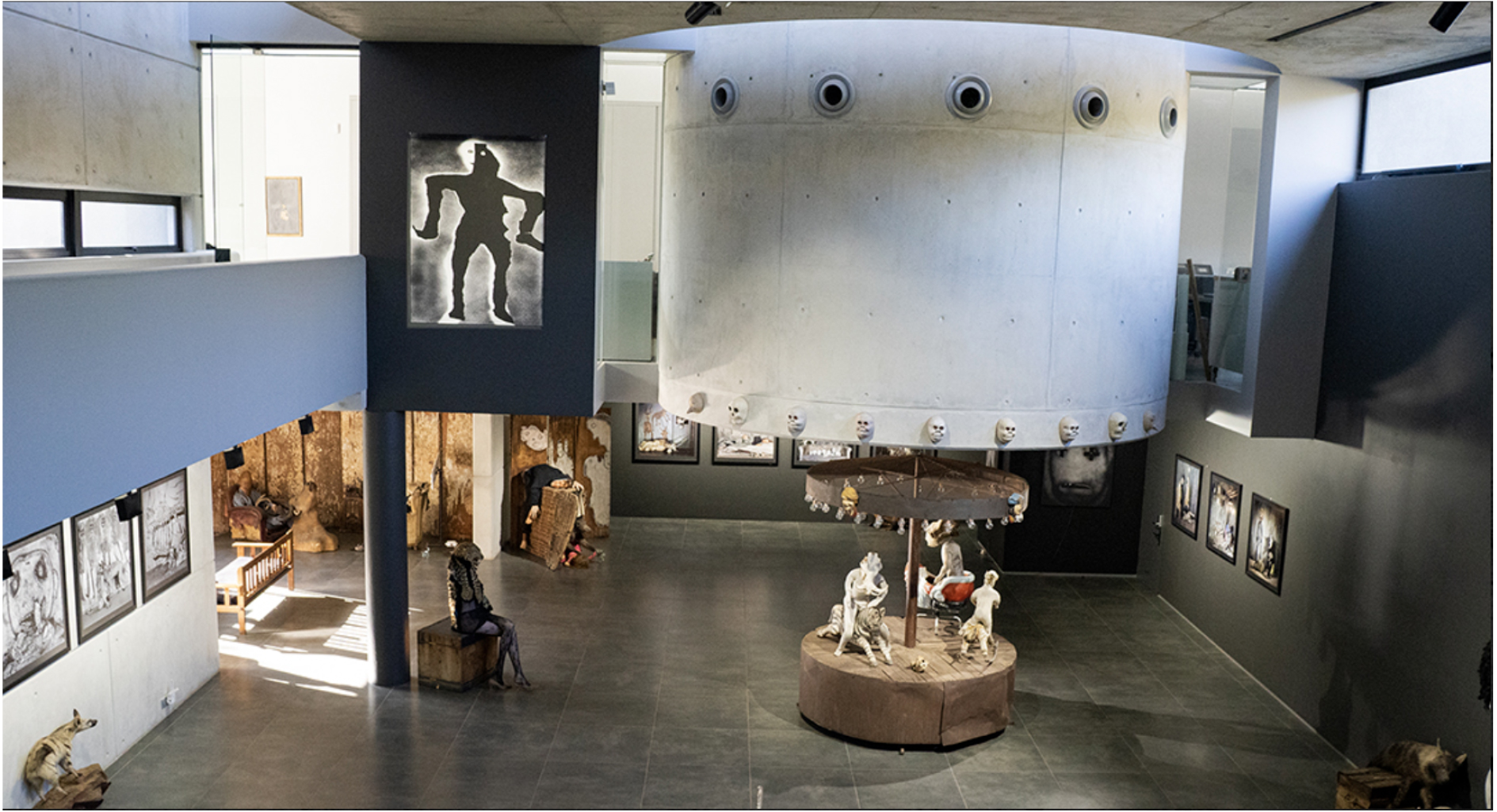
LZ: Currently, your work is on show in Museum Tinguely (Basel, Switzerland). The exhibition is called Call of the Void, posing questions about human existence - our origins, purpose, and post-life. Your exhibition is responding to Jean Tinguely’s late work Mengele—Dance of Death. On display, one can find your black and white images from Asylum of the Birds and Roger's Rats alongside a shack, a poor dwelling for people on the margins of society…
RB: Yes, indeed. Inside the shack can be found multiple installations to contribute to a more immersive experience. I'm going personally to the Tinguely Museum on the 13th of June for a book signing and a talk during Art Basel (June 15-18).

LZ: I once read that you like photographs that you don't understand. Does that still apply after seeing and experimenting so much? If yes, I am curious about the photographs that intrigued you recently.
RB: There might be two points to it — one is that I might not understand it because there is nothing to understand about it. So it doesn't necessarily mean that it's immediately a good photograph when I don't understand it. For me personally, it's pictures that challenge me and have a psychological effect on me, those that leave me wordless.
When I relate this to my own pictures, I think many of them have contrasting meanings. When something is beautiful and ugly or dark and light at the same time. However, in the English language, there is no exact word for this. I find it impactful when images contain these contrasting qualities, pushing me to understand their implicit meaning.
Some of the AI images that I have seen recently were very interesting. Most of them are not interesting as they look fake but I saw a few that had a challenging effect on me. But maybe after I see too many of these, I get tired of them. AI images will be here for a while and then another technology will replace this one. It's part of human evolution.
Let's get away from art…In my head, I imagine this very nice tree. What's wrong with the tree, why don't we talk about it? What about the leaves turning colors? That's art and perhaps even more than art. This is more inspiring to me– to tell you the truth. I don't have to be obsessed with art because I can look at nature. 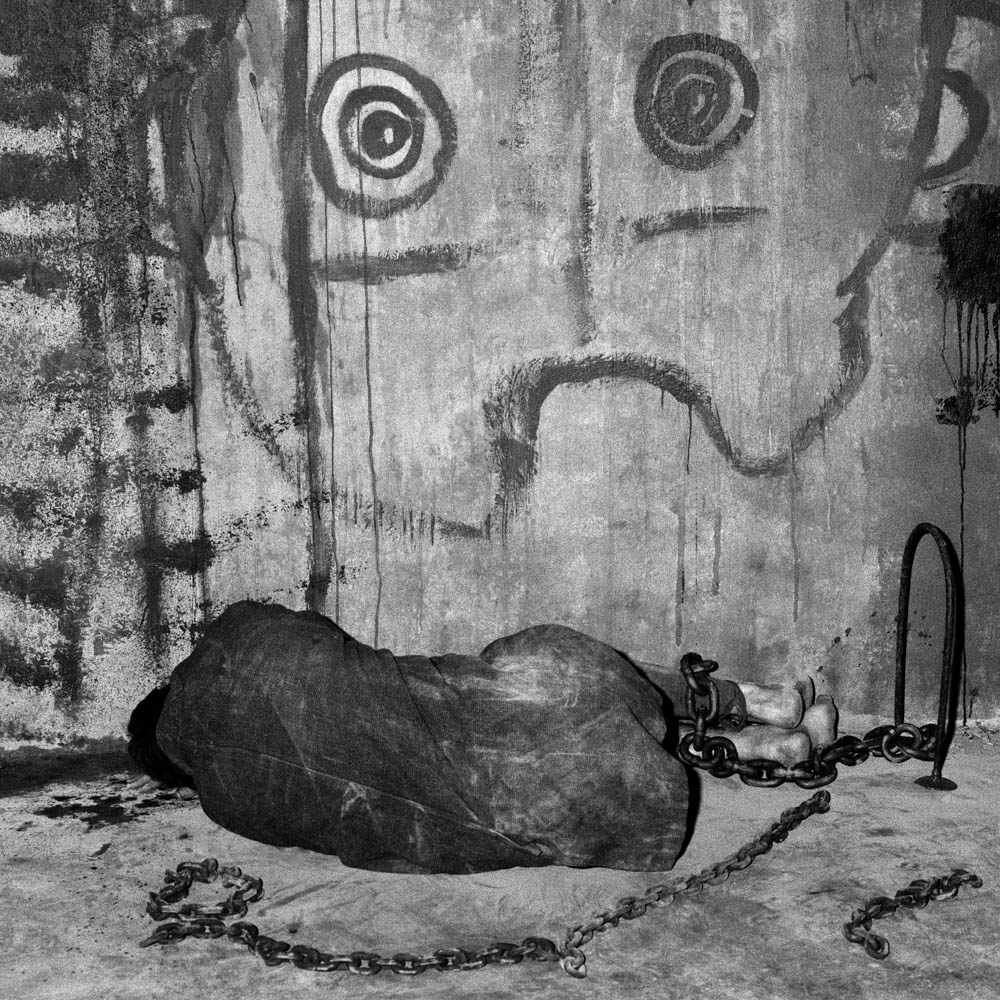
LZ: You have been creating for many years, and your perspectives and media used changed throughout. What then is important to you as an artist at this particular moment?
RB: I'm 73 now, I've been around and done that for a long time so I don't need inspiration from art anymore. I focus on what I do. I shot 50 years of black and white imagery and now for the last five years, I only work in color apart from my Roger the Rat series. Colour has put me in a different direction and that's what I am focused on. You have to be focused on what you do and get inspired by it, and if you're not, then you're in trouble as an artist.
Still, the same things are important to me as last year when we spoke. It's been a challenge to make substantial imagery, installations, videos, photographs, etc. My style has become more sophisticated and complex
I am now planning to make an extensive book of photographs I have shot of rats over the past two decades. It will be my last black and white and film book. I'm very excited about it as the rats are almost like human actors in the Roger Ballen sense. Other than that, I will continue my colour photographic project.
-
Roger Ballen website: https://www.rogerballen.com/
Linda Zhengova can be contacted here: https://lindazhengova.com/
